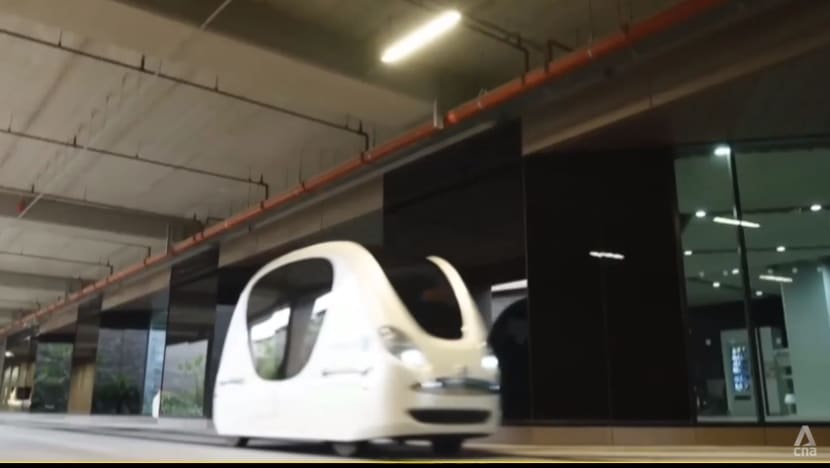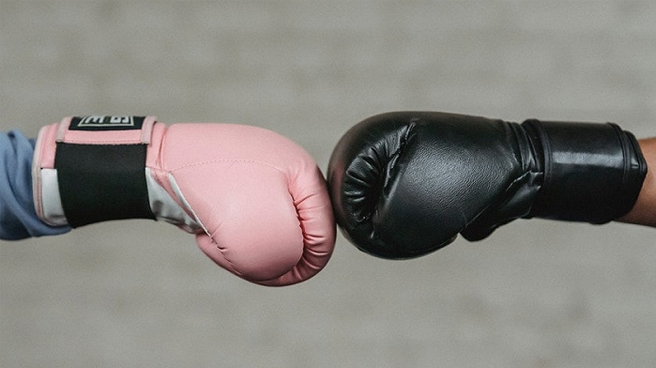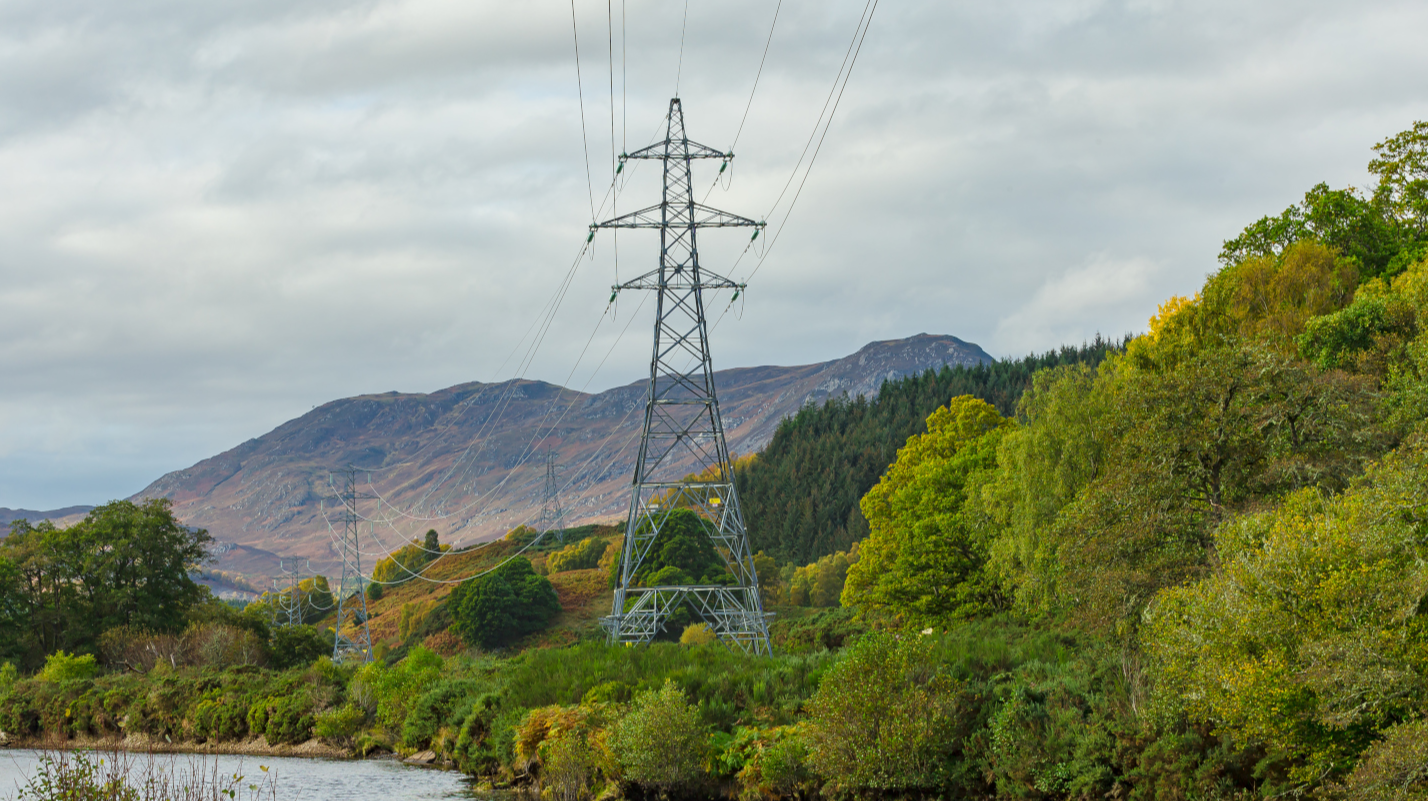SOLAR PANELS AND DESIGNING WINS
While some energy needed for running the city is drawn from the national grid, a large portion is generated by a solar plant adjacent to the city and solar panels located on rooftops.
The effort offsets more than 15,000 tonnes of carbon emissions per year, equivalent to taking more than 3,000 cars off the road.
Masdar City’s design, which takes inspiration from traditional Arab architecture, includes low-rise buildings, narrow streets made for walking, and strategically placed shaded areas to save energy and invite more natural light.
The city is oriented in a northeast-southwest direction so it minimises solar gain and enables the use of cool winds generated during the night, keeping the area 10 degrees Celsius cooler than parts of Abu Dhabi.
"The interesting thing about this air movement to keep the place cool is that it does not add costs to the design of the city. It is simply the location and adjustment and planning of elements that has to be there in the first place,” said associate director of sustainability and corporate social responsibility at Masdar City, Mr Chris Wan.
Masdar City's eco-friendly buildings -- constructed with low-carbon cement, recycled aluminium, and other sustainable materials -- are designed to reduce energy and water consumption by at least 40 per cent compared to traditional urban areas.
Residents and visitors can walk or hop on the autonomous, electric-powered public transportation system which operates using magnets. More than 2 million people have travelled on the vehicles in about 10 years, said Masdar City communications manager Amy Robertson.
 Launch Exhibition
Launch Exhibition
 Release information
Release information




 Pages you might like
Pages you might like




 Today's topic
Today's topic

















